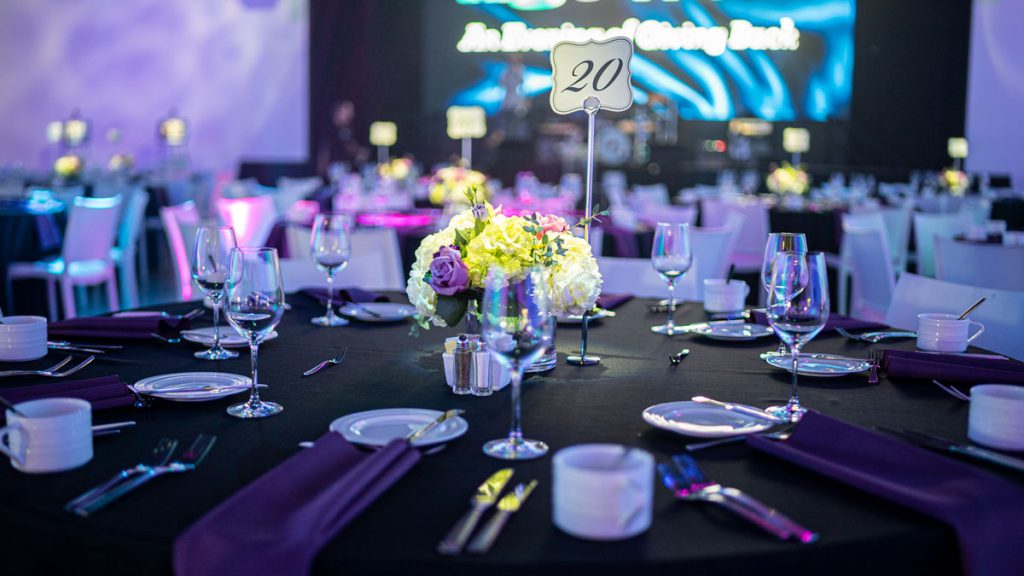Benefits of LED Display Walls Compared to Traditional Projection Technologies in Contemporary Visual Displays
Benefits of LED Display Walls Compared to Traditional Projection Technologies in Contemporary Visual Displays
Blog Article
Light Emitting Diode video walls have become progressively favored in various settings, such as schools, corporations, and leisure venues. These advanced visual systems offer numerous advantages over conventional projector systems. Recognizing these benefits can help companies make informed decisions about their display needs. This article will explore the key benefits of LED video screens, including luminosity, visual quality, flexibility, maintenance, and energy efficiency.
One of the key significant benefits of LED video walls is their brightness. Light Emitting Diode technology produces lively and bright images that can be readily viewed in various illumination conditions. Unlike traditional projection systems, which can struggle in brightly lit environments, LED display screens maintain their clarity and hue precision even in bright rooms. This makes them ideal for external activities or locations with big windows. The elevated luminosity levels ensure that the content displayed is always clear, making it simpler for audiences to engage with the data being presented.
In furthermore to brightness, LED display screens provide enhanced image quality. They offer greater definition and better color rendering compared to conventional projection technologies. This means that images and videos displayed on an Light Emitting Diode screen appear sharper and more defined. The dot density of LED displays allows for near observation without sacrificing sharpness, which is especially crucial in settings like trade fairs or meetings where viewers may be close to the display. Furthermore, Light Emitting Diode tech can produce deeper blacks and more vibrant hues, enhancing the overall aesthetic experience.
Flexibility is another important benefit of LED video screens. These systems can be configured in multiple sizes and shapes to fit different spaces and aesthetic needs. Unlike traditional projectors, which require a particular spacing from the screen to function properly, Light Emitting Diode display walls can be installed in a variety of settings. They can be curved, arranged, or even used in innovative layouts to create distinct visual you can try these out exhibits. This adaptability allows companies to tailor their visual presentations to suit their specific needs, making Light Emitting Diode display screens a flexible option for any setting.
Maintenance is also a crucial factor when comparing LED display screens to conventional projection systems. LED displays generally require fewer maintenance over time. Traditional projection systems often need lamp replacements and routine cleaning to maintain optimal functionality. In comparison, Light Emitting Diode tech has a longer duration and does not require regular replacements. This reduces downtime and maintenance costs, making LED video screens a more economical option in the long future. Companies can focus on their presentations rather than concerned about the upkeep of their visual systems.
Finally, power conservation is an essential factor for many organizations. LED video walls consume fewer power compared to conventional projector technologies, which can lead to substantial reductions on energy bills. This is particularly advantageous for companies and locations that use screens for long times. Additionally, the reduced power consumption of LED technology contributes to a reduced ecological footprint, making it a more eco-friendly option. By selecting Light Emitting Diode display screens, companies can enjoy high-quality visual displays while also being mindful of their power consumption and ecological impact.
In summary, LED video walls offer many advantages over traditional projection systems. Their luminosity, visual clarity, flexibility, low maintenance needs, and energy conservation make them an superior option for contemporary visual displays. As technology continues to progress, Light Emitting Diode display screens are likely to grow even more common in various settings, providing organizations with the tools they need to efficiently convey and interact with their viewers.